It is one of the most famous Italian recipes in the world, and the subject of countless imitations, but what is the true origin of ragù bolognese?
Born as a meat dish in Renaissance France, the ragu recipe travelled to the Bourbon court in Naples and then spread throughout Italy. This was a time when the nobility set the trends in fashion, costume and even cuisine.
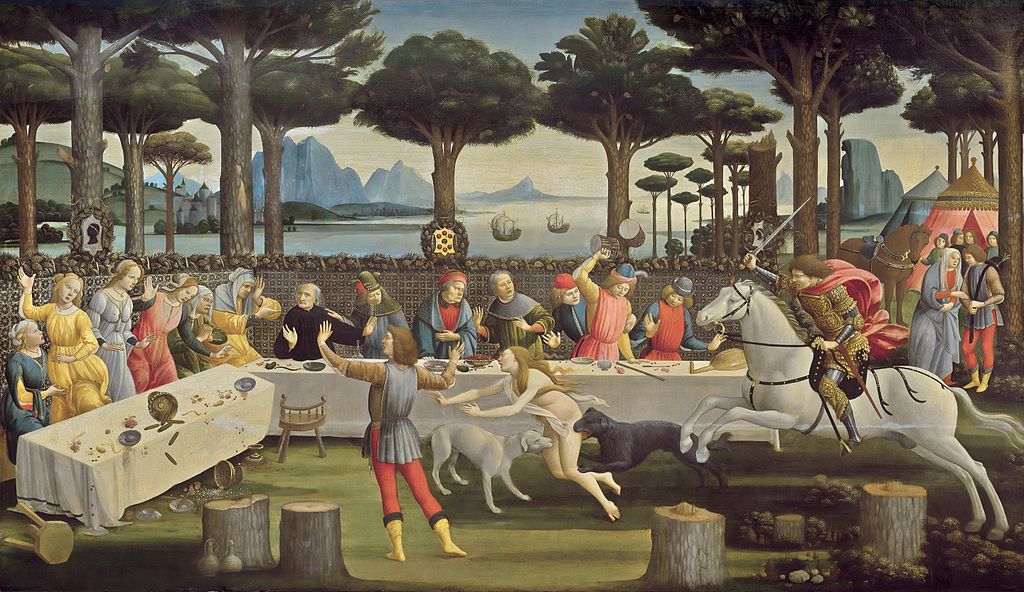
Nowadays Ragù Bolognese is one of the best known and most famous recipes in the world.
Especially famous in Italy, it has spread abroad thanks to Italian immigrants who brought with them the flavors of their native land.
There are countless international variations, such as Spaghetti Bolognese, an American transposition of the original recipe.
HISTORY
But where does Ragù originate and where do its two most famous versions (the Neapolitan and the Bolognese) come from?
The origin of the word ragù is thought to be linked to the French word “ragout“, a term used to describe a stew of meat and vegetables cooked over a low heat for a long time.
The ancestor of what we know today as ragù was in fact a preparation from the French medieval popular tradition of the XII-XIV centuries, consisting of pieces of meat, vegetables or even fish that were slowly cooked. It could be a rich or a poor dish, depending on the pieces of meat, spices and garnishes used. Obviously, tomatoes were not used at that time.
From France, this preparation reached the kitchens of the Neapolitan Bourbon court and the Vatican, but it was still just a way of cooking meat, with significant variations and ingredients depending on the area of Italy.
In 1773, Vincenzo Corrado, in his book “Il Cuoco Galante”, described for the first time a dish that could be defined as the first ragù, but the ingredients were not yet defined (in fact, it could include vegetables, various meats, shrimps or even eggs) and it was still cooked in a broth with vegetables and aromatic herbs.
In the meantime, however, the recipe had become part of Italian cuisine and spread throughout the country with new variations and new ingredients, such as the use of tomatoes, which first appeared in 1790 in the recipe for “Maccheorni alla Napolitana” in the cookbook “Il moder Apicius” by Francesco Leonardi.
Ragù, although famous, was still considered a meat dish with sauce, and this is how Puccini remembers it in his Bohème.

In the years that followed, versions of the same dish alternated with or without the addition of tomato. It wasn’t until the twentieth century, with the spread of tomato sauce and pasta, that this recipe became the ragu that we cook and love today.
During the 19th century, however, ragu spread throughout the Italian peninsula, with the introduction of local variations such as the use of pork, the preparation of small meatballs (as in the Neapolitan and Abruzzi traditions) and the combination with local pasta, such as the handmade pasta of Bologna.
THE RAGU' BOLOGNESE
In 1891, when Pellegrino Artusi described ‘Bolognese macaroni’ in his book ‘Science in the Kitchen and the Art of Good Food’, he didn’t know that he was laying the foundations for one of the most famous recipes in Italian cuisine.
Tomatoes were not yet included, but almost all the other ingredients were: salted pork belly, veal, celery, carrots and onions, all cooked in meat broth.
Artusi also suggests some additions to enrich this sauce: dried mushrooms, truffles, chicken livers and cream. It is a white sauce, without tomatoes, but rich and tasty, as the Bolognese tradition wanted.

The definitive shift came at the end of the first decade of the 20th century, when almost all gastronomic writers opted for tagliatelle instead of macaroni (a variant already proposed by Artusi) and the constant inclusion of tomato.
To complete the ingredients of the ragu, fresh pork was finally added, but only after the Second World War, as reported in the famous “Il Cucchiaio d’Argento”, which proposes a recipe that has remained essentially unchanged to this day.
A recipe, or should we say recipes in the plural, which does not, however, correspond in all respects to the ragù recipe deposited at the Bologna Chamber of Commerce in 1982 by the Bologna delegation of the Italian Academy of Cuisine, which we reproduce below.
But perhaps this is the beauty of Italian cuisine: that it is widespread and that it can vary from house to house.
THE OFFICIAL RECIPE
The recipe for ‘Ragù Classico Bolognese’ was submitted to the Bologna Chamber of Commerce on 17 October 1982 by the Bologna delegation of the Accademia Italiana della Cucina.
Ingredients:
300 g of coarsely minced beef (belly, shoulder or leg)
150 g of pork belly
50 g of yellow carrot
50 g of celery
30 g of onion
300 g of tomato sauce or peeled tomatoes
½ glass of dry white wine
½ glass of whole milk
a little stock
extra virgin olive oil or butter
salt
pepper
½ glass of single cream (optional).
Preparation:
Melt the bacon, first diced and then finely chopped with the crescent, in an earthenware or thick aluminium pan of about 20 cm.
Add 3 tablespoons of oil or 50g of butter and the finely chopped herbs and allow to wilt gently.
Add the minced meat and stir well with a ladle until browned and ‘sizzling’.
Add the wine and stir gently until completely evaporated.
Add the tomato sauce or peeled tomatoes, cover and simmer slowly for about 2 hours, adding the stock if necessary; towards the end add the milk to dilute the acidity of the tomatoes.
Season with salt and pepper.
At the end, when the sauce is ready, the cream is added according to Bolognese tradition if it is used to flavour dry pasta. It should not be used for tagliatelle.
Author

Walter Manni
Explorer and Adventurer: loves sailing the oceans, climbing the highest mountains and surfing on the waves of the web
You may also like
by Walter Manni ///
History and recipe of the Tortellino, king of Christmas (and beyond)
by Elisa Mazzini /// December 4, 2019
Balanzoni, recipe and history of Bologna spinach ravioli
by Maria Grazia Masotti /// February 26, 2025

Interested in our newsletter?
Every first of the month, an email (in Italian) with selected contents and upcoming events.
A Romagna’s remedy for the cold weather: passatelli in broth!
by Arturo Castellini /// November 15, 2019
Emilia-Romagna’s Food Markets that You cannot miss!
by Davide Marino /// March 15, 2023
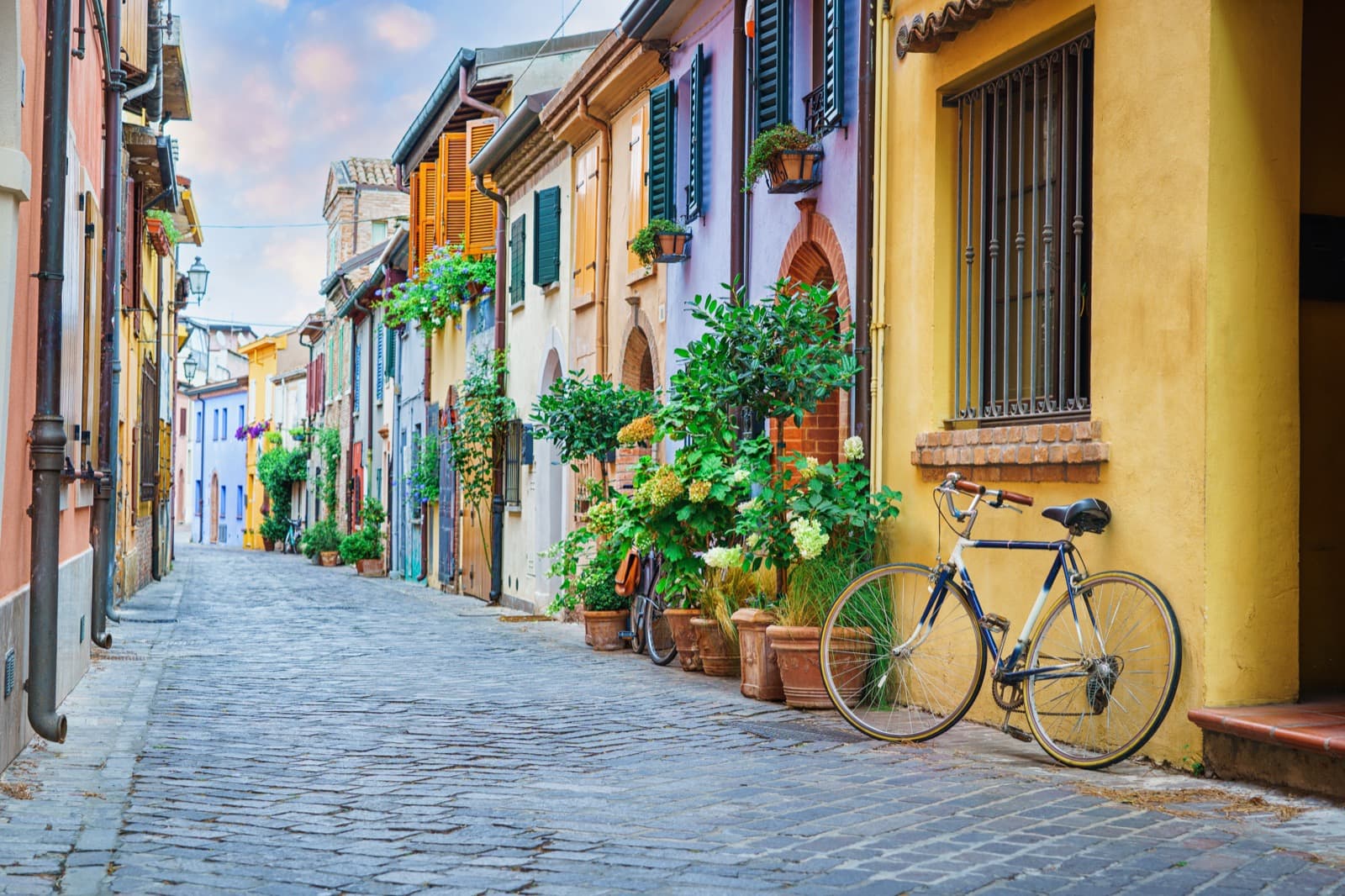
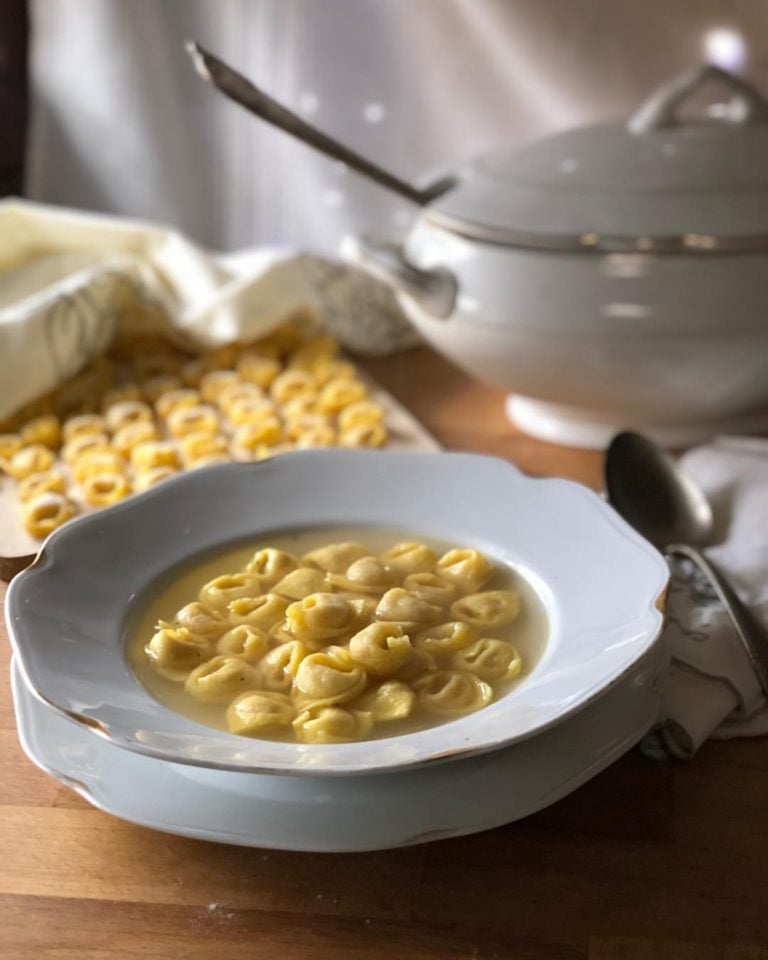
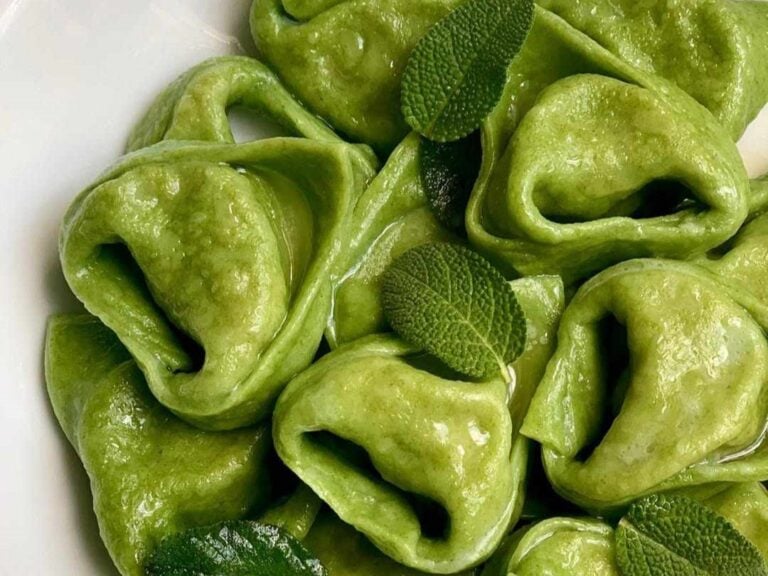
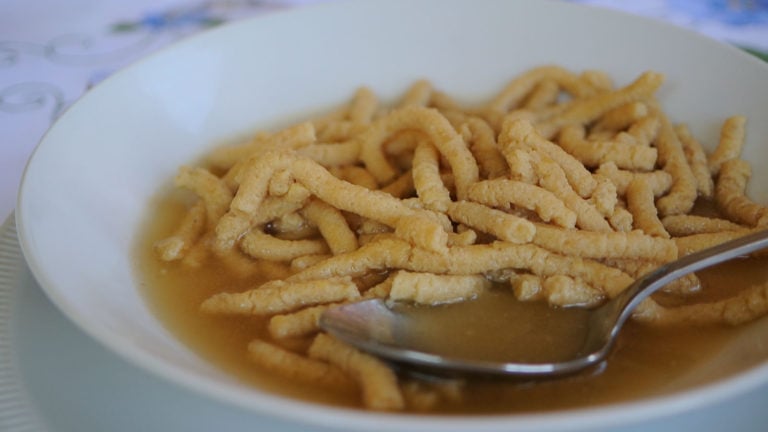
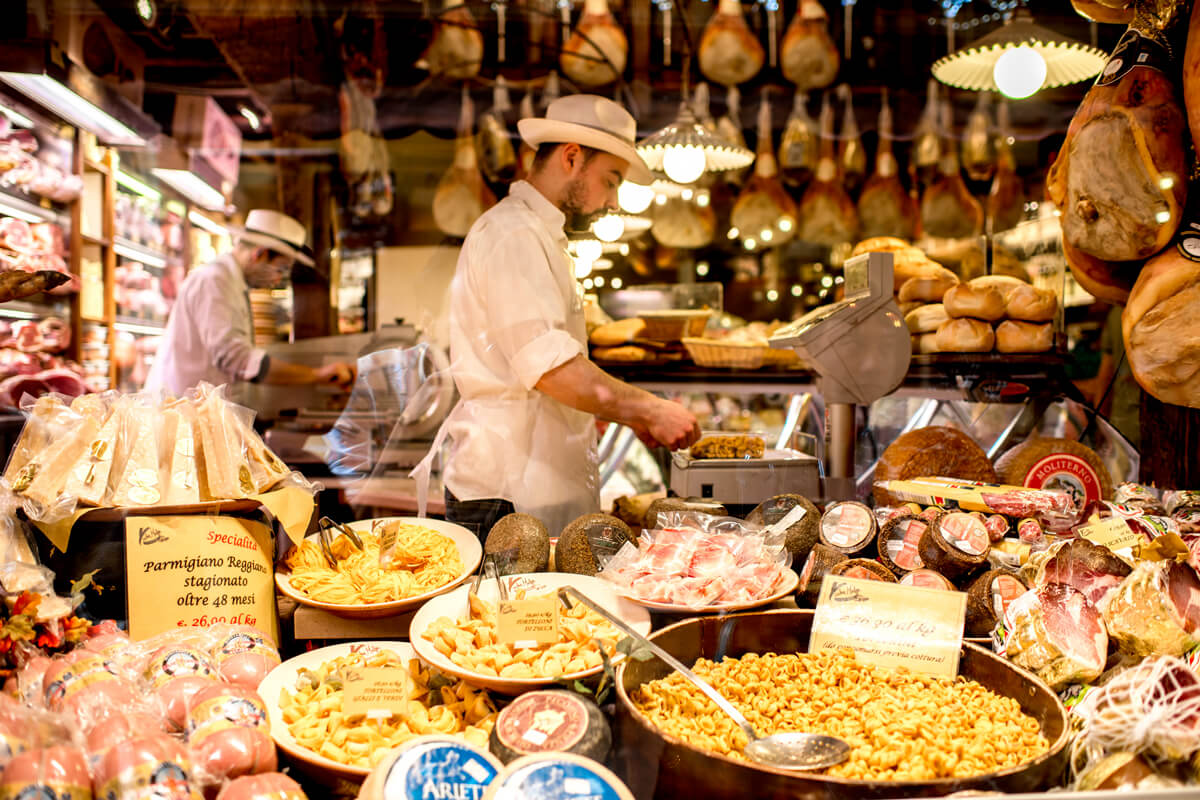
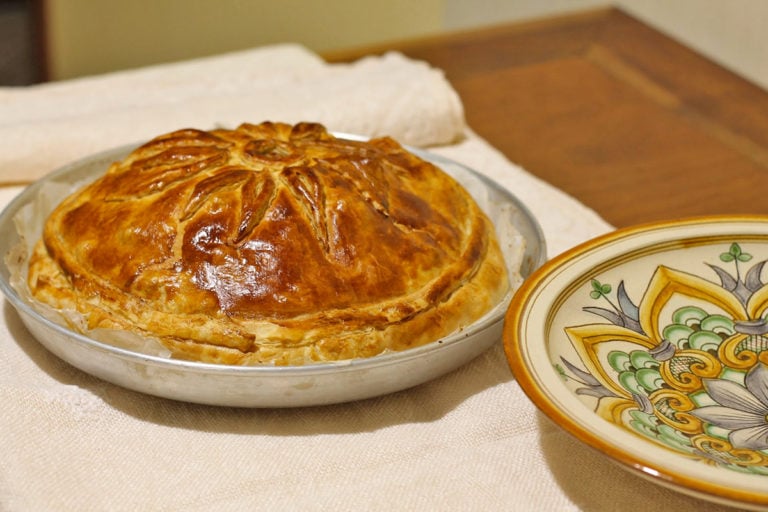
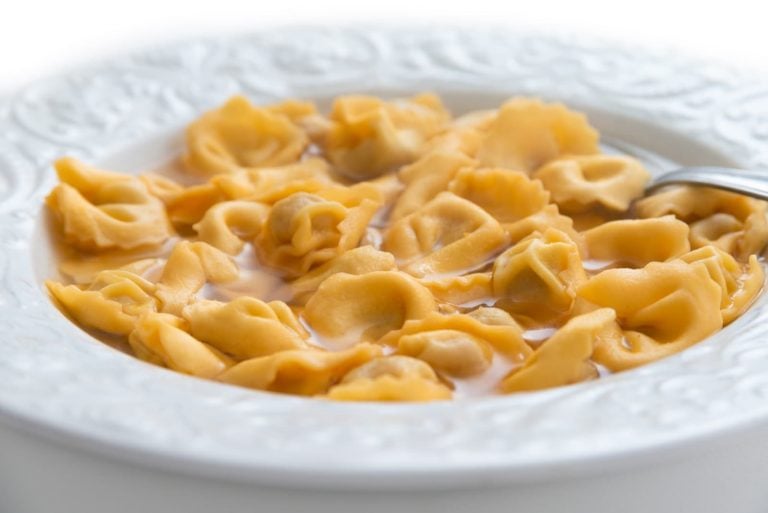
Beck and Bulow
Silly request here, but I’d be thrilled if you’d mention provolone cheese in the actual recipe’s ingredient list as an option, because every time I make this I forget to get some provolone, and it would be so wonderful!!
Elisa Mazzini
This is the official recipe patented at the Bologna Chamber of Commerce, so we can’t add provolone cheese (which is not even a typical product of Emilia-Romagna) but every family makes ragù in a different, personal way…so feel free to give your personal touch to the recipe 😉
Duchess of Dartmouth
Thank you, after reading Wikipedia I was looking for the 1982 “official” recipe.
Only question is a glass 4 oz, 5 oz, 6 oz? If you don’t really know, what size do you use?
Thanks!
Elisa Mazzini
½ glass is about 125 ml, so about 4 oz 🙂
Bimbo
Your point is clear and understandable.
However, it is funny that you claim provolone is not a typical product of Emilia-Romagna, while it is on the map of 44 food products of E-R with the European origin certification as published on this site in August 2021.
https://www.travelemiliaromagna.it/en/tastes-emilia-romagna/
Although provolone is not mentioned in the article, you can find “Provolone Valpadana DOP” on the published map just south of Piacenza.
https://www.travelemiliaromagna.it/wp-content/uploads/2021/06/Nuova-Mappa-DOP-IGP_2017-1.jpg
Elisa Mazzini
Yes, that’s true, Provolone Valpadana DOP is among the DOP product of Emilia-Romagna (Piacenza province), but it’s actually produced in several regions of Northern Italy https://www.provolonevalpadana.it/en/production-area-provolone-valpadana/